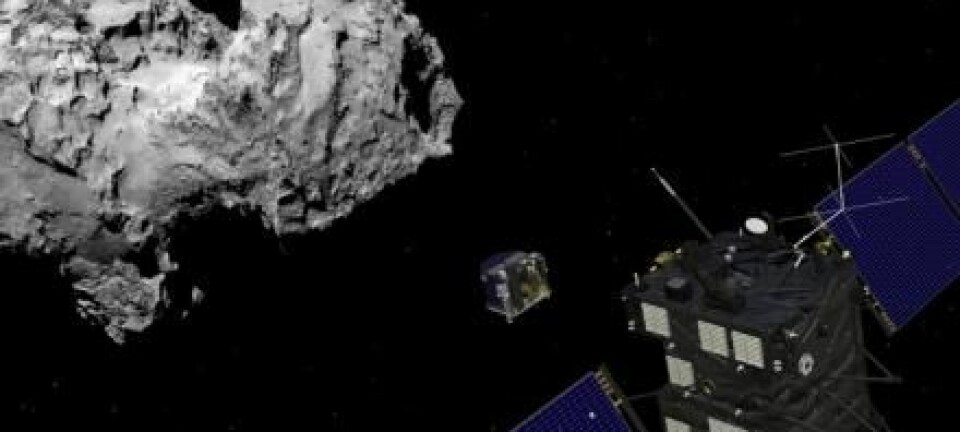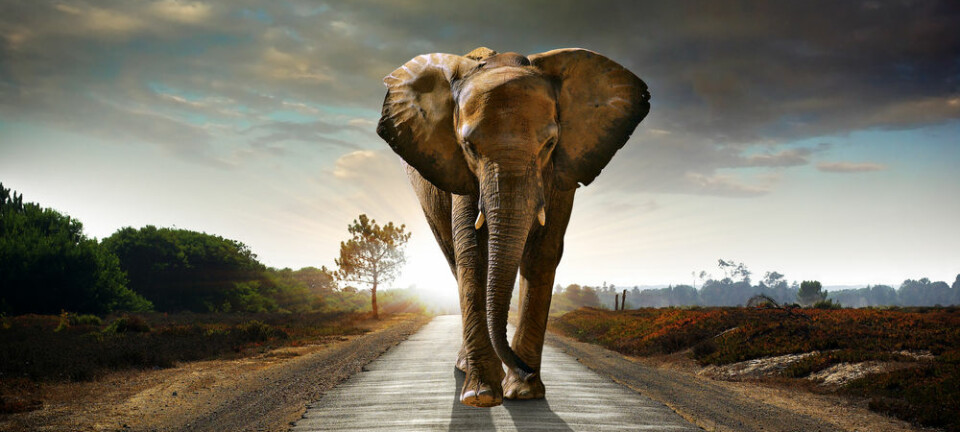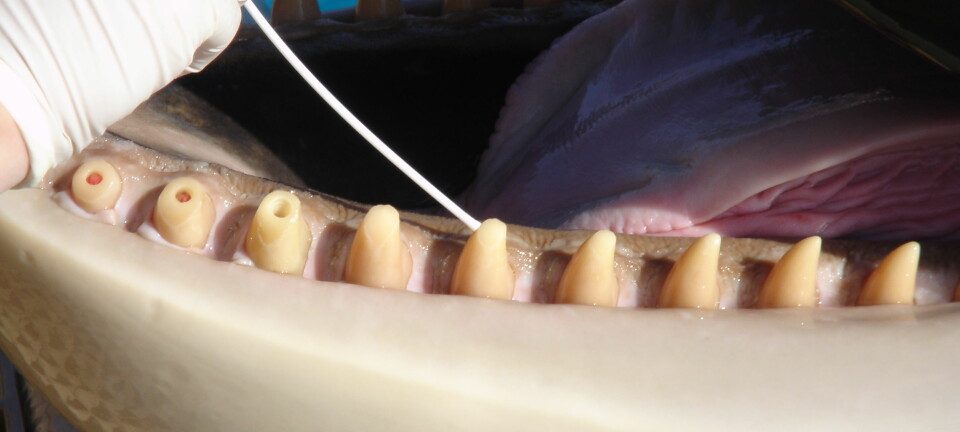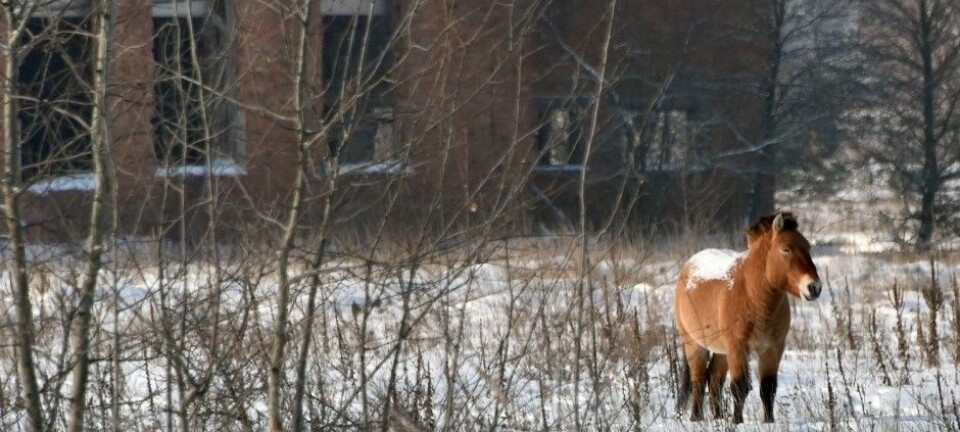
Discovery in the Bay of Aarhus can solve the puzzle of our primordial origin
Scientists have discovered what could be our closest living relative among the microbes, casting new light on the origins of our species.
Two meters down, among the dark sediments at the bottom of the Bay of Aarhus in Denmark, scientists have discovered a crucial piece in the puzzle of our deepest history: the origin of life.
Complex life (eukaryotes) arose two billion years ago, when microorganisms merged to form new and more advanced cells.
We are all descendants of these cells, and scientists consider their origins as one of the most important events in the history of life. How these cells evolved is also one of the greatest mysteries of biology.
The scientists have identified the closest living relatives of a group of microbes called Asgard archaea, so-called progenitor cells, in Aarhus Bay and in six other locations in the world.
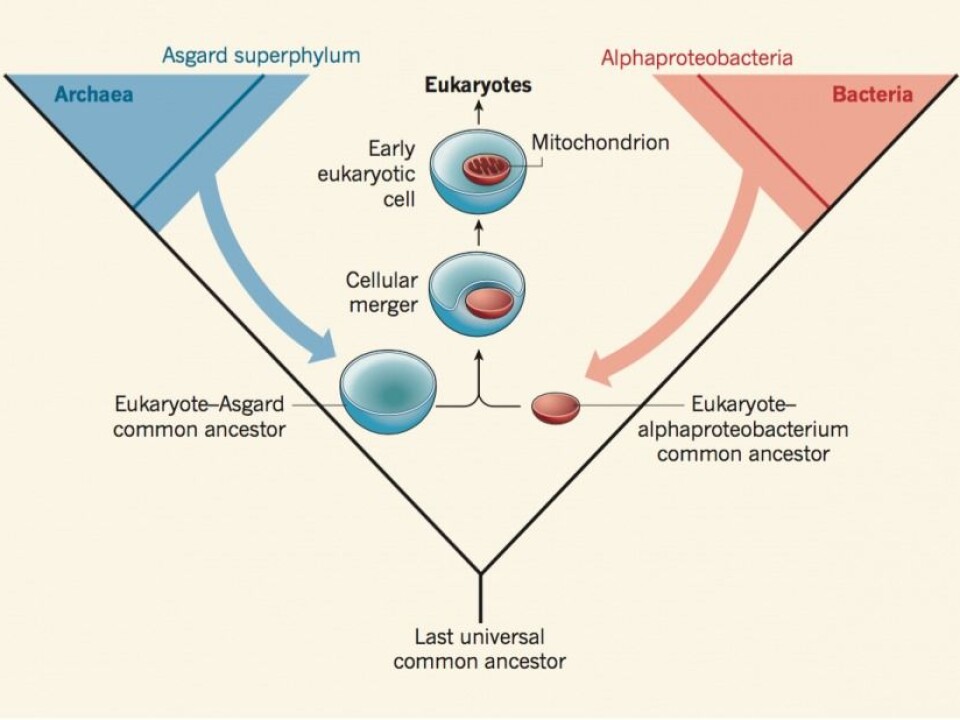
All complex organisms started out as such a small stock of micro-organisms known as Archaea.
“This will come as a shock to many people. If our discovery is correct, it means that we, and all other complex life forms are in fact archaea. We should be reclassified as archaea,” says lead-author Thijs Ettema from the Ettema Lab at Uppsala University in Sweden.
Read More: Lack of oxygen did not hold back evolution of complex life
A clearer picture of our origins
In saying “all complex organisms,” Ettema refers to not just us humans, but virtually everything that we refer to as “life.” From the humble yeast brewing our beers, to trees and flowers, insects, amphibians, reptiles, birds in the air, the fish of the sea, all our four-legged friends, and many more.
“Ettema’s earlier discovery was controversial, but now they’ve strengthened their case with further examples. What’s now clear is that archaea and eukaryotes have a common evolutionary origin,” says Professor emeritus Roger Garrett, founder of the Danish Archaea Center (DARC) at the University of Copenhagen. Garrett did not take part in the new study.
Co-author Kasper Urup Kjeldsen, associate professor from the Department of Bioscience, Center for Geomicrobiology at Aarhus University, Denmark, describes the results as groundbreaking.
“Now we can begin to understand the tree of life better and provide a slightly clearer picture of our original ancestors,” says Kjeldsen who helped collect samples in Aarhus Bay.
The new results are published in the scientific journal Nature.
Did eukaryotes originate from a separate lineage?
Life on Earth started at least 3.8 billion years ago, and nobody knows how it started or why. But we do know that all life on Earth originated from a single original cell.
Scientists thought that this cell eventually divided into three main domains: two simple, small life forms called bacteria and archaea, and one higher, more complex form, called eukaryotes.
But a new picture has emerged in recent decades that eukaryotes did not originate as an independent line from the shared ancestor, but by a combination of two cells from archaea and bacteria.
The leading scenario is that the two microbes evolved in such a way that they became increasingly dependent on each other, eventually combining in a complete symbiosis, as the archaeon took up the bacterium.
We see this today in the mitochondria—the energy factories of all higher cells. It was a watershed moment that made it possible for the cells to grow larger and more complex, and ultimately to the development of multicellular organisms and us humans.
The mitochondrial side of the story is well understood, and the small organism that “was stuck in the throat,” is believed to be an ancestor of a group of living bacteria, called alphaproteobacteria.
But what was the “host cell”?
Read More: World’s oldest fossils discovered in Greenland
First traces discovered at the bottom of the Atlantic
Ettema and his colleagues discovered the first traces of this “host cell” in the sediments near a hydrothermal vent in the Mid Atlantic Ridge, two kilometres below sea level at the bottom of the Atlantic Ocean between Greenland and Norway in 2015.
The research team mapped the genetic material of a new microbe, which revealed several eukaryotic signature genes, including several genes that are key for signalling pathways, and to protein degradation and transport.
Their analysis revealed archaea, thought to be most closely related to eukaryotes. The researchers christened its genealogy Lokiarchaeota, or ‘Loki’ for short.
“It was both a reference to the site Loki's Castle, but also a subtle reference to the god Loki, in Norse mythology, a figure that cannot really be trusted. It’s also very descriptive of this scientific discipline of trying to find the origin of eukaryotic cells,” says Ettema.
However, it was only a single genome, and many thought that it was should be designated as the closest relative of an ancient common ancestor.
Read More: Researchers discover missing link in the evolution of complex cells
An entirely new group of archaea
The scientists behind the new study have now expanded their research and named the new bacteria Asgard archaea.
“What you have to understand with these new archaea, is that no one has actually seen them yet. They may be filaments, they may be small round spheres, or they could be rods. We don’t know anything about them because we’ve only seen their DNA sequences,” says Kjeldsen.
Read More: Earth had oxygen 800 million years earlier than thought
Are Asgard archaea the ancestors of all complex life?
By comparing the genetic material from many different organisms, the scientists can see how the Asgard-group fit into the five or six major groups of archaea.
Excitingly, eukaryotes follow a line of descent from the Asgard group. From blue whale to yeast, and to humans, we are all basically Asgard archaea, which originated about two billion years ago.
“One could say that all we are is Asgard archaea with a mitochondrial booster,” says Ettema.
Garrett is not totally convinced.
“We clearly have a common evolutionary history with archaea, but it’s less clear whether eukaryotes as such emerged from these Asgard archaea, or if they just share a common ancestor,” he says.
The family tree is still too roughly defined to say which of the four Asgard archaea may be our closest relative. The scientists now hope to develop a clearer picture by finding more members of Asgard group.
---------------------
Read the full version of this story in Danish on Videnskab.dk
Translated by: Catherine Jex
Scientific links
- 'Asgard archaea illuminate the origin of eukaryotic cellular complexity', Nature (2017), doi:10.1038
